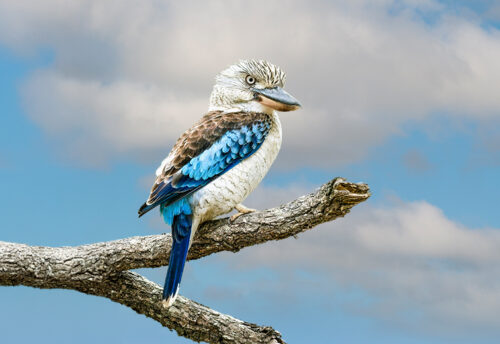
The goby is a type of fish that can dwell in saltwater, brackish water (partially saline), and freshwater environments. There are over 2,000 known species of gobies the world over. Gobies are listed as anywhere from Data Deficient to Critically Endangered by the IUCN. They face the threats (generally speaking) of habitat loss and destruction; hunting; trapping; overfishing; pollution; and climate change. Some populations are stable while still others are decreasing.
First the Stats…
Scientific name: Gobiidae
Weight: Up to 3+ ounces
Length: Up to 10 inches
Lifespan: Up to 10 years
Now on to the Facts!
1.) The word goby hails from the Latin gobius which translates to “gudgeon.” However, some species of goby, like sleeper gobies in the family Eleotridae and even some dartfishes are referred to as “gudgeons”, especially in Australia.
2.) Gobies are considered ray-finned fishes.
3.) The goby is typically defined by their spiny pelvic fins which are fused together to serve as a ventral sucking disk. This disk helps them stay put in strong currents and can also be used to help them scale rocks and even waterfalls.
4.) There are a variety of gobies from cleaner, clown, sand sifting, to watchman variants.
5.) These fish seldom venture far from their dens to find food or a mate.
But wait, there’s more on the goby!
6.) They can tolerate (based on the species) temperature ranges from freezing to 84ºF.
7.) Gobies are typically socially monogamous (only mate with the females in the male’s territory).
Did you know…?
Some gobies maintain the same gender assigned at birth, while others are hermaphrodites (possess both male and female reproductive organs), and still others are considered bidirectional hermaphrodites (can change from 1 gender to another and back again).
8.) Females can lay upwards of 50 – 1,000 eggs, based on the species.
9.) Males tend to the eggs by fanning them to supply oxygen and will also clean the eggs of detritus (debris).
10.) The Randall’s prawn goby has a mutualistic relationship with the pistol shrimp in that they share a den with the shrimp for protection.
But wait, there’s still more on the goby!
11.) Some gobies are diurnal (active during the day), while others are nocturnal (active at night).
12.) Natural predators include larger fish and birds.
13.) Gobies feast on insects, larva, eggs, mussels, plankton, and some (like the neon goby) provide a parasite cleaning service for larger fish, and actually eat parasites off these larger aquatic creatures.
14.) Many varieties of gobies are popular in aquariums, due in part to their colorations, but mainly due to their curious behaviors.
Now a Short Goby Video!
This video talks about the mutualistic relationship between the pistol shrimp and the goby.
Be sure to share & comment below! Also, check out the Critter Science YouTube channel. Videos added regularly!
Want to suggest a critter for me to write about? Let me know here.
Some source material acquired from: Wikipedia & IUCN
Photo credit: Saltwater Fish



